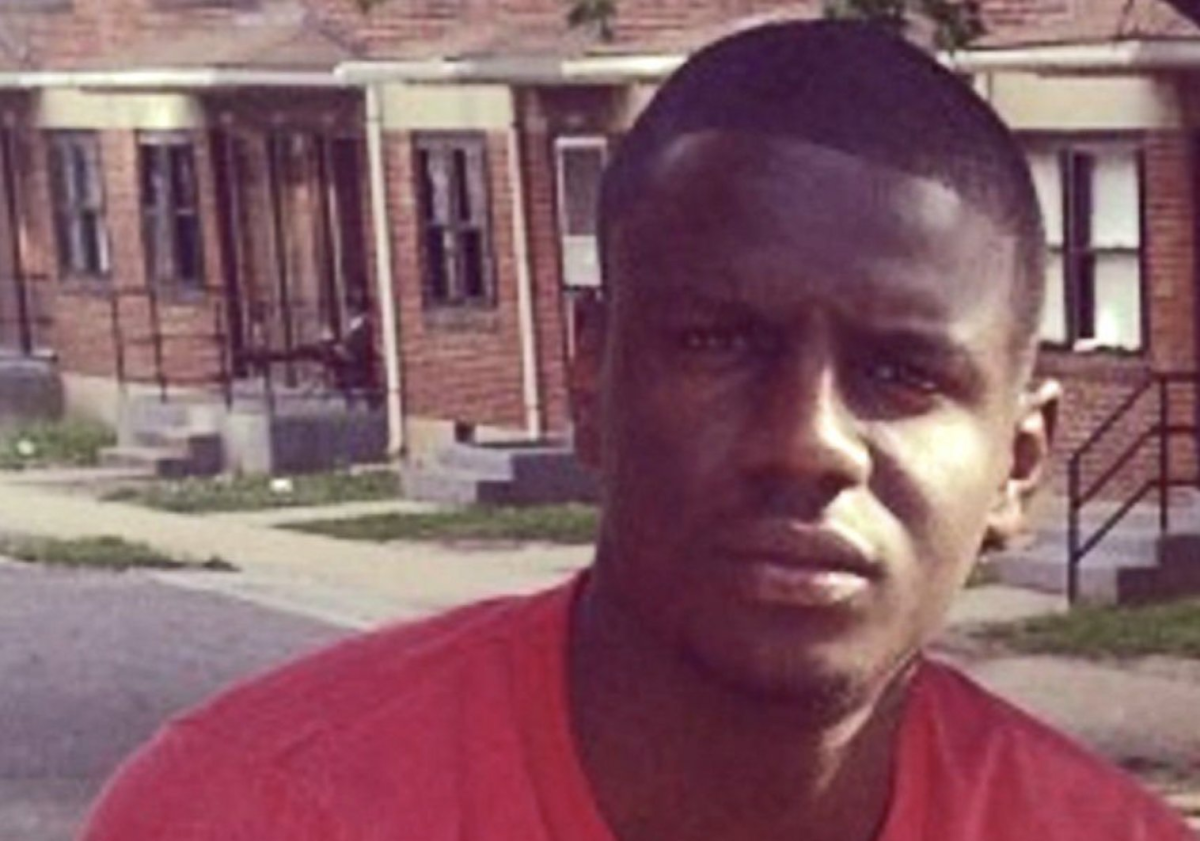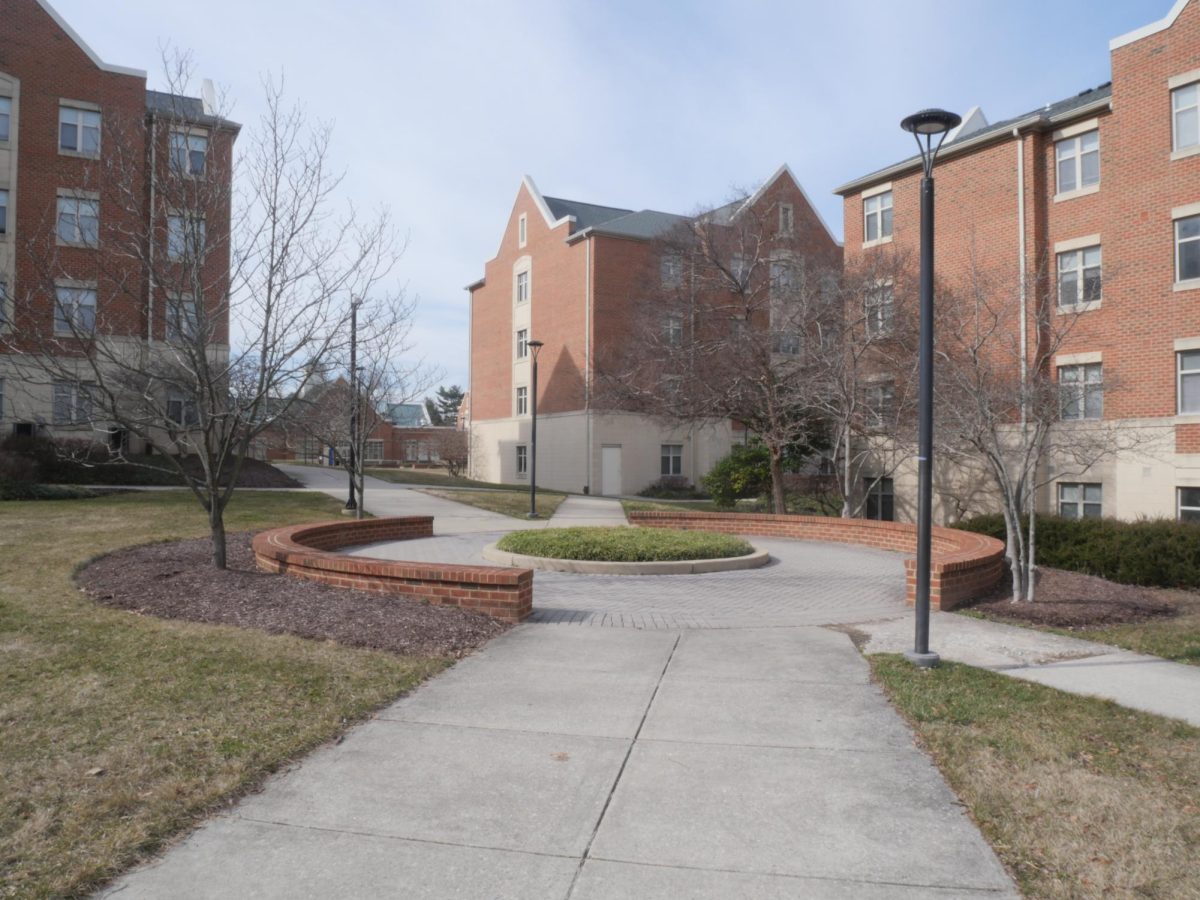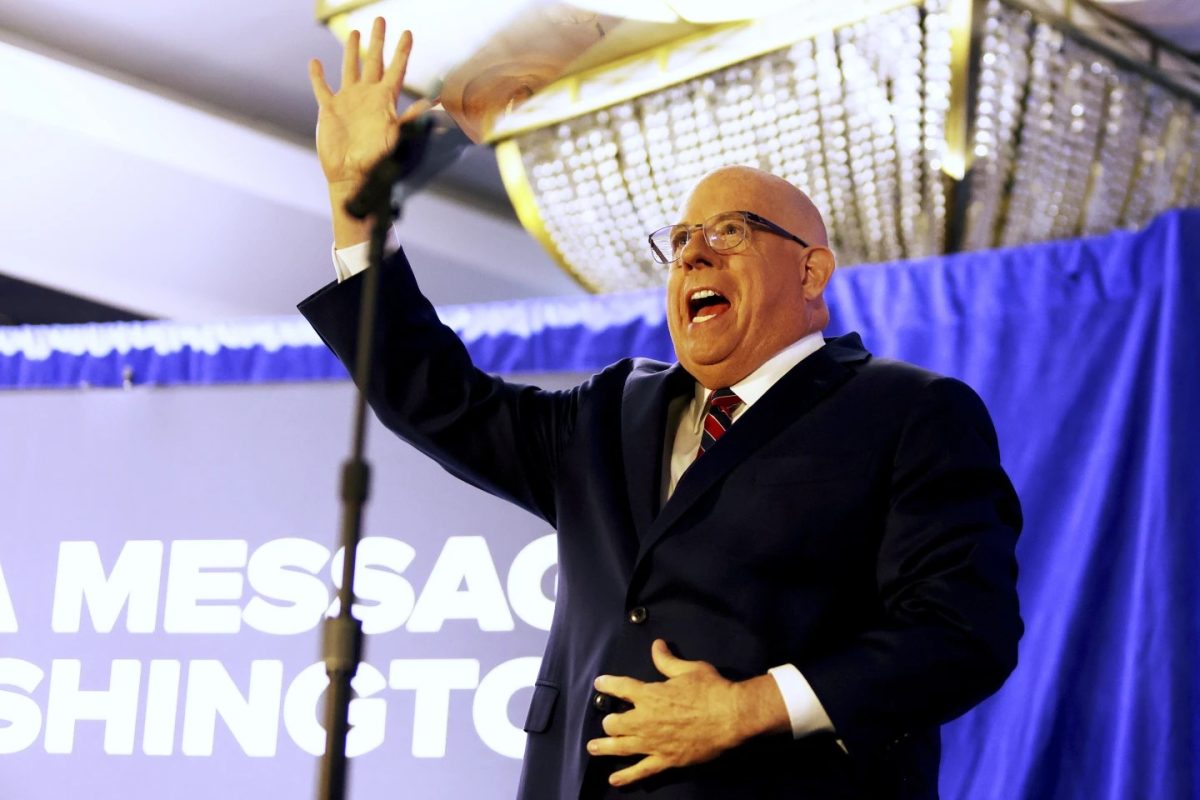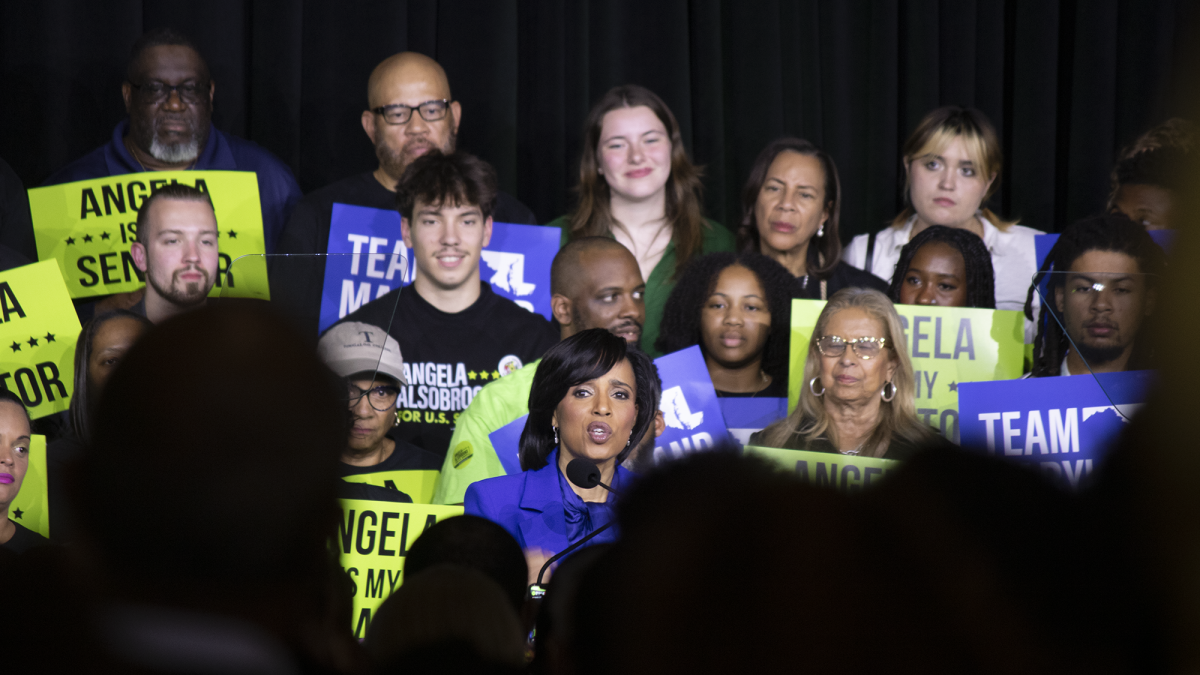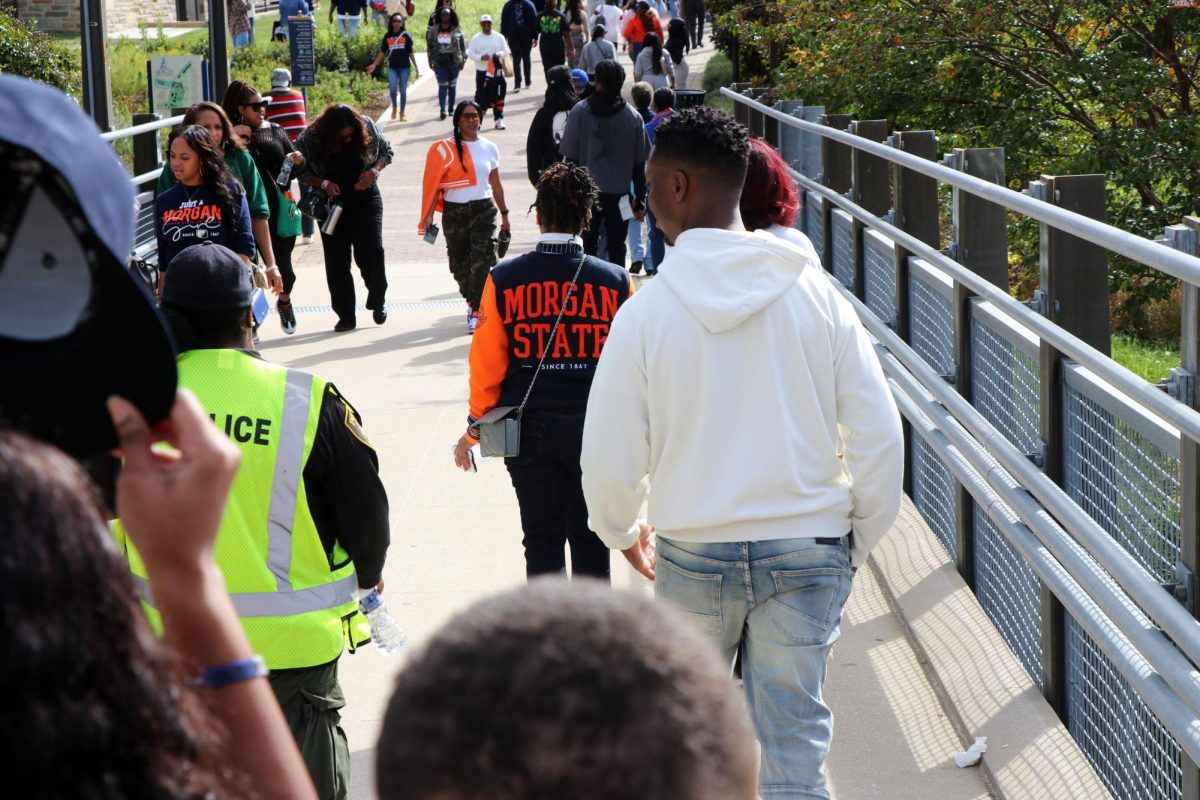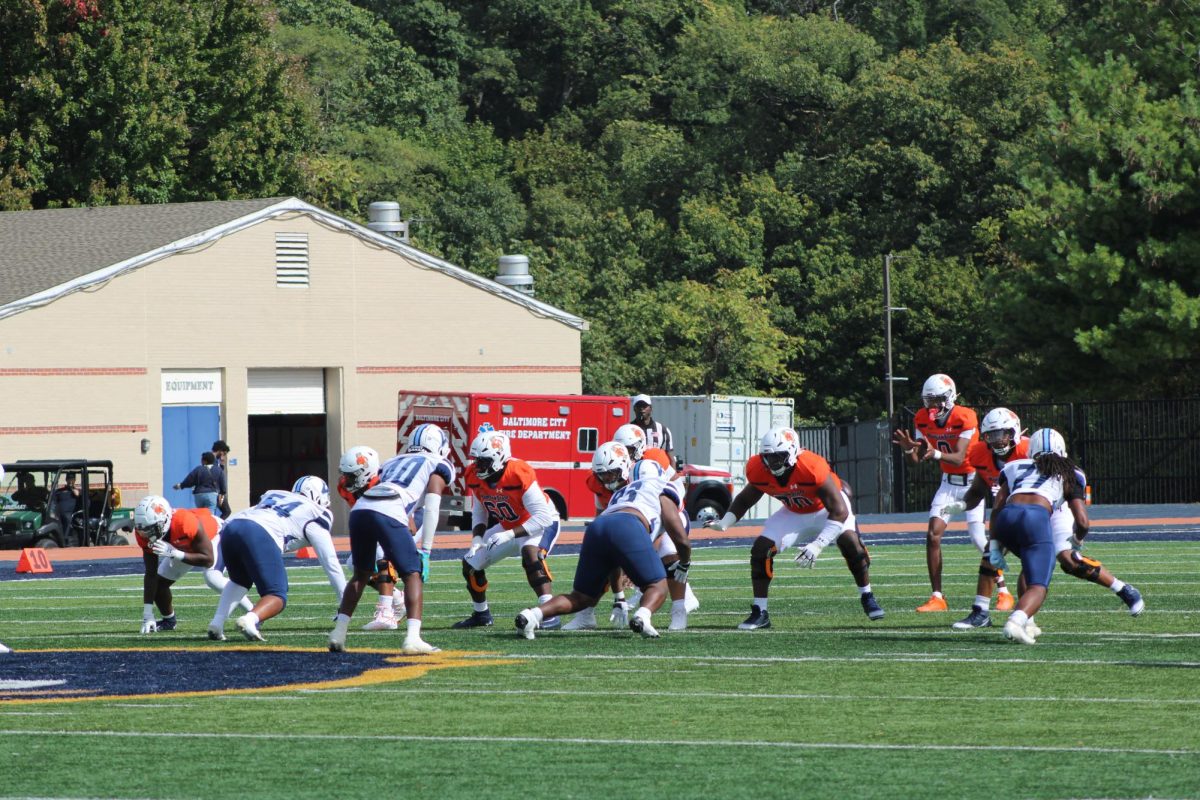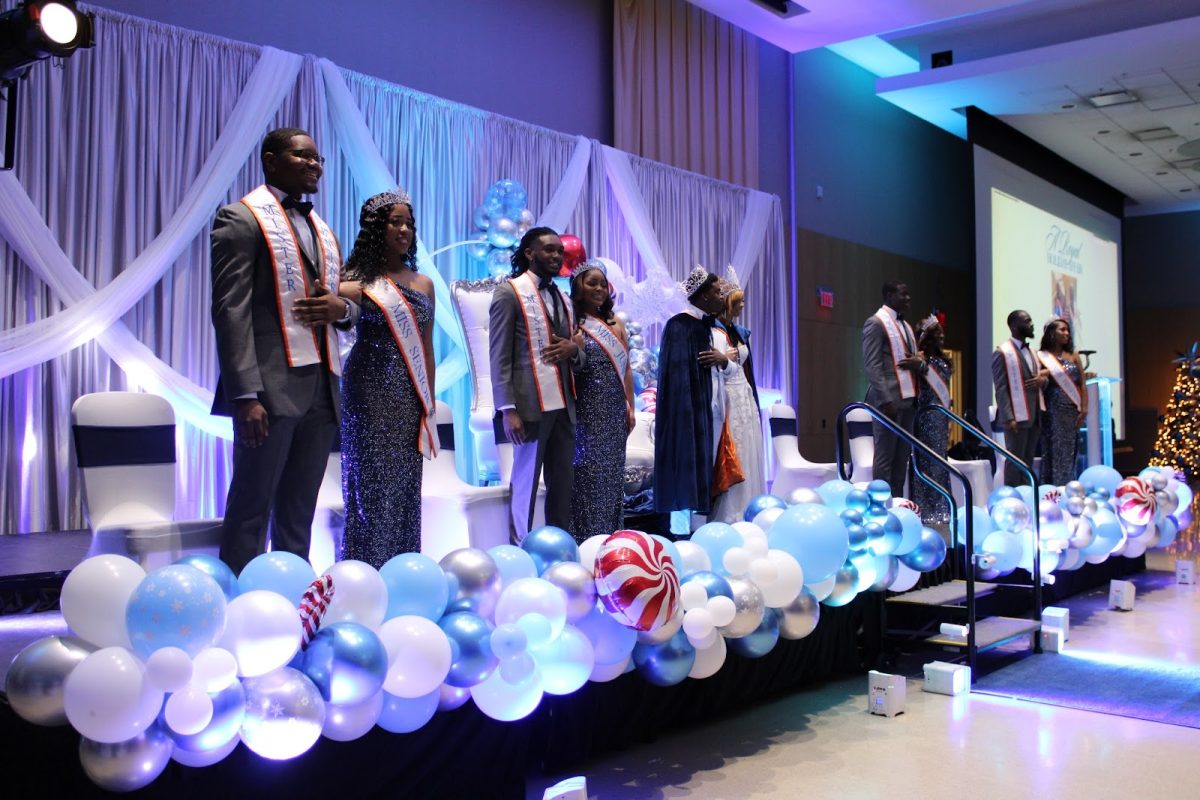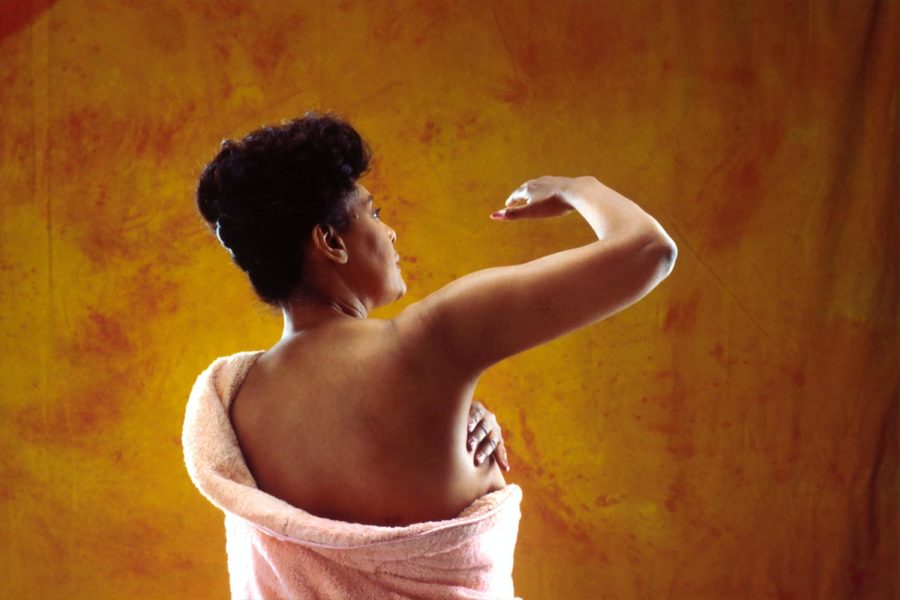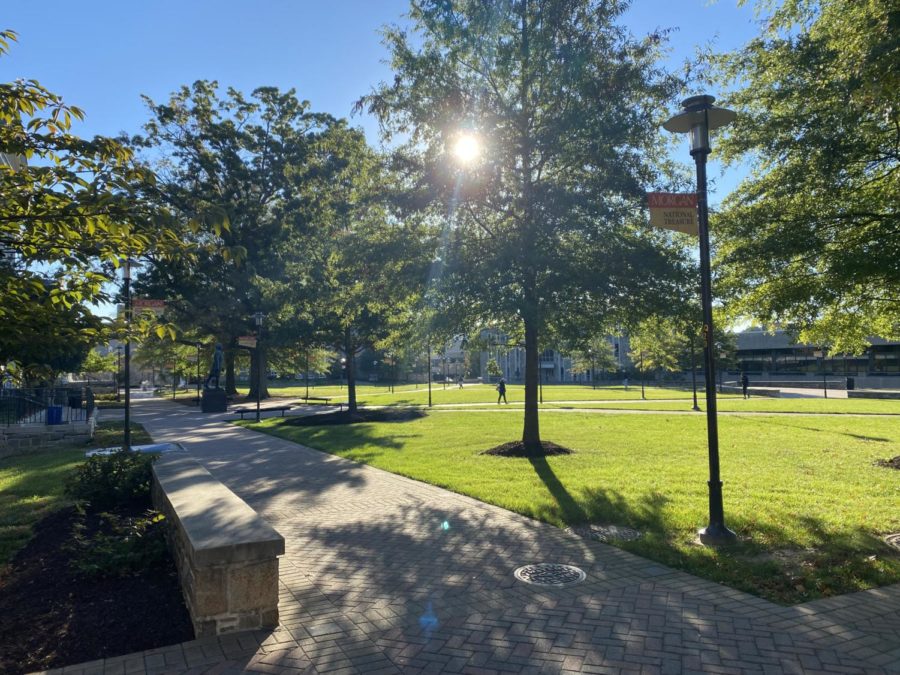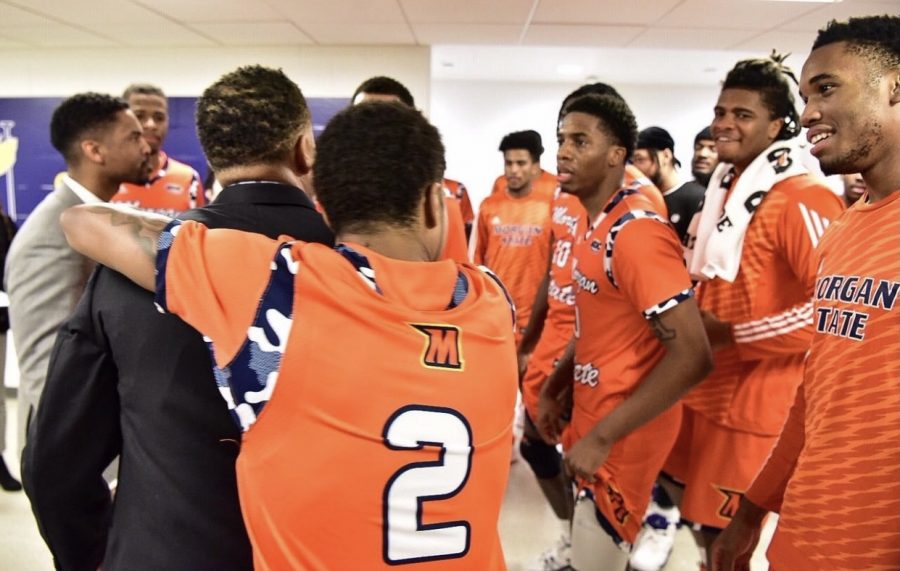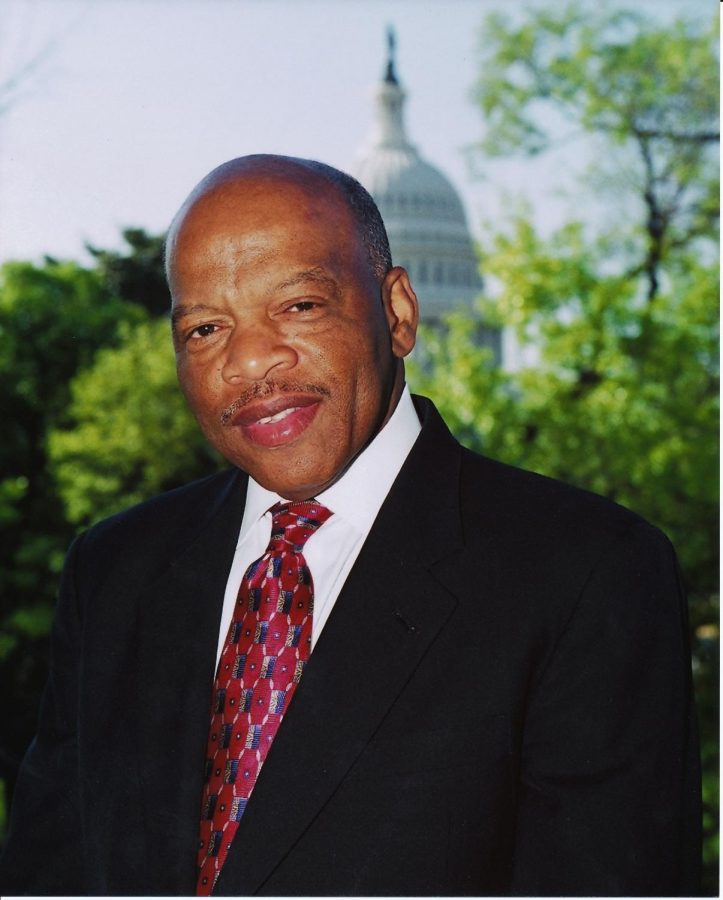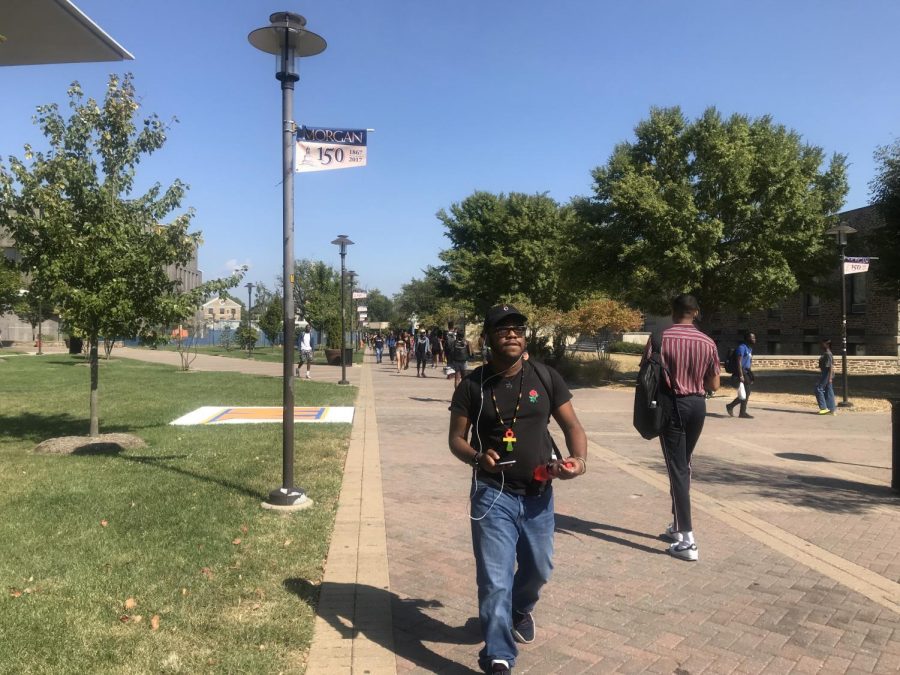Since its founding in 1867, Morgan State University has seen a plethora of leaders, innovators and fighters for change. Multiple generations of Morganites have fought to have the institution known as Morgan State today, but the fire in current Bears has dimmed in recent years.
From the first mass demonstration for equal education funding to the first successful restaurant sit-in campaign to protesting for better facilities to chanting “Black Lives Matter” on campus, activism on Morgan State’s campus has become nonexistent.
“I just feel like in this day and age, the generation, I’m not saying they’re lost, but people don’t care. We also didn’t care back in my time, but we cared enough to try and do something, but it seems like people really don’t care and it’s like lackadaisical robots, just programmed, just walking around ‘oh this sucks on campus, oh well. Whatever,’” said Chinedu Nwokeafor, minority business liaison and Morgan State alum, class of ‘17.
“It’s like they don’t make enough noise, or they don’t rally enough around an issue, just one issue, it doesn’t have to be as great as ‘we don’t like the way black people are treated’ it could be something as simple as ‘hey, I wish it was more salad options from Thompson’s,’” said Nwokeafor. “I forget who says this but ‘to change the world, you have to wake up and make your bed.’ It’s the little things, the little things matter the most because once you achieve that then you can go so much further but this generation is so inundated with what they’re fed.”
Nwokeafor participated in multiple movements on campus as a student, including the protest that followed the Trayvon Martin verdict, Black Lives Matter protests, advocating for campus safety with the Board of Regents and more.
About 20 years ago, in the 90s, Morgan State saw a different wave of protests due to the poor conditions of facilities and unfair treatment of faculty and students.
According to Edwin Johnson, assistant archivist and Morgan State alumnus, class of ’92, they never used Hurt gymnasium because it was fenced with orange hazard signs and Soper Library was always hot, even in the winter because of the poor H-VAC system.
“Morgan was literally had buildings that weren’t fit for humans to occupy and other campuses, College Park, Towson, they were flourishing. And year after year, the state would allocate money that were not sufficient for where we are. So, they were kind of stuck in the old Plessy vs. Ferguson, separate but equal mindset,” said Johnson.
“It’s just a continuation of Morgan’s history because, everything that Morgan has they got from by a court case or a court order or something. The state never really willingly gave us what we were supposed to have, we always had to fight for it,” said Johnson. “There was a protest back in the 60s,’47, 1945, I want to say every five to seven to 10 years, there’s a generation of morganites that are forced to protest what’s going on.”
Back then students felt a need to be a part of something bigger because the need for change was a general consensus among the student body.
“Students were very, very active. We had a lot of students that were politically conscious. It wasn’t hard to get involved because the things were so pervasive. If you lived on campus, which I did, you would actually see some of the issues every day,” said Weyden Wedderburn, Morgan State alumnus, class of’94. “I felt that it was my responsibility to be a part of the solution.”
“I don’t wear a badge of honor or anything like that, I mean there were other people before me that did some of the same things, so I think it’s one of those things where I felt it was my responsibility to get involved and be a part of the solution to make things better,” said Wedderburn.
While Wedderburn and Johnson were protesting, they were being led by Travis Mitchell, Morgan State alumnus, class of ’92, the face of the protests in the 90s. Even through all the turmoil and danger before them, they still pushed on to make Morgan State a better place for future generations.
“We received death threats. I received hate mail and death threats from the Klan. I received threats from other organizations, I was called names and vilified even by folks in our own community, but we had reached a place where there was no turning back,” said Mitchell.
“We had reached a place where there was no return, either we were going to stick this out or we were going to be defeated. It was just at that point where it made no sense to just go back to business as usual when we were on the precipice of change and seeing our university get its just due,” said Mitchell. “We were unified around a cause that was greater than us.”
According to Nwokeafor, the campus hasn’t had its peak of involvement and activism 2012 to 2014. Back then, everyone had a mutual mindset to make change happen.
Now Morganites even show up to President David Wilson’s town hall let alone fight for the changes they want to see on campus. However, alumni are still hopeful.
“But I always tell people as an activist our job is just to activate what’s already within people. So, what my fellow campus brothers and sisters can do is just at least not have fear. If you see something wrong, say something about it in one way or another,” said Nwokeafor. “And once you show that ‘I’m not going to stand for this’ a lot of people then respect, not only you but respect what you stand for. So that’s really what people can do now.”
Other than not being afraid, there is more criteria that Nwokeafor thinks is needed to bring the fire back to campus instead of this wave of “complacency.”
“To be a part of activism stuff, most of the time you have to not give a fuck. Too many people give a fuck here about so many things – their scholarships, their name, their friends, will I be accepted?” said Nwokeafor. “Once you care so much about so many different things, you’re going to psych yourself out from doing anything and that’s what makes this process hard.”

